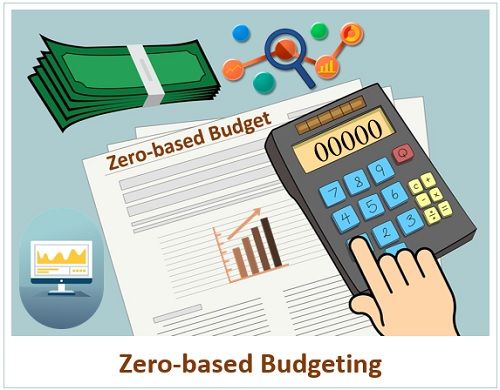Discover the best zero-based budgeting (ZBB) methods to take full control of your finances and maximize every dollar. Every dollar should have a purpose when it comes to managing money—whether in business or at home. That’s the idea behind Zero-Based Budgeting (ZBB). Instead of automatically increasing last year’s budget by a set percentage, ZBB starts from scratch. It challenges every expense, making sure it truly serves a purpose.
Let’s break it down in a way that makes sense, whether you manage a company or a household.
What Is Best Zero-Based Budgeting (ZBB)?
Best Zero-Based Budgeting (ZBB) is a method that starts at—you guessed it—zero. Unlike traditional budgeting, where last year’s budget becomes the starting point and gets adjusted slightly, ZBB begins with a clean slate.
Each expense, old or new, needs to be justified for the upcoming period. Nothing gets added automatically just because it was there last year. The idea is to tie spending directly to your goals, whether they’re personal financial milestones or business outcomes.
This approach was first introduced in the 1960s by Peter Pharr, a manager at Texas Instruments. His goal? To create a budgeting method that aligned spending more closely with results—and it’s still being used today.
How ZBB Works in Organizations
In a business setting, Best Zero-Based Budgeting (ZBB) ties strategic goals to real, measurable actions. It digs into each department—whether it’s marketing, HR, manufacturing, or R&D—and asks the tough question: “Do we need to spend this money?”
Because ZBB is so detailed, companies often use it on a rolling basis, reviewing a few departments at a time. It’s not a one-and-done process. But this deep dive can uncover hidden costs, identify inefficiencies, and ultimately save money.
Here the topic how to save money for a house
Real-Life Example:
Consider that there’s a construction equipment provider who’s been purchasing a particular component from an external supplier. Every year, the price of this component increases by 5%. According to conventional budgeting, such an increase may be automatically absorbed in the coming year without serious contemplation.
ZBB vs. Traditional Budgeting
Let’s break down how these two budgeting methods compare:
| Traditional Budgeting | Zero-Based Budgeting (ZBB) |
|---|---|
| Starts with last year’s budget | Starts from zero each time |
| Adds a little more each year (e.g., +2%) | Every dollar must be justified |
| Focuses mainly on new spending | Reviews both old and new expenses |
| Faster and easier to prepare | More detailed and time-consuming |
| Can mask inefficiencies | Encourages accountability and cost-saving |
Think of ZBB as doing a deep clean of your budget, rather than just straightening up. It’s more work—but it often reveals hidden waste or overlooked priorities.

Why Consider Zero-Based Budgeting?
Here’s what makes ZBB stand out:
✅ Tighter Cost Control – Every dollar spent has a purpose, nothing goes unquestioned.
✅ Strategic Focus – Spending aligns with your current goals, not past habits.
✅ Flexibility – Budgeting adapts to what you need today—not what you needed last year.
✅ Value-Driven – Pushes you to invest more in high-impact areas.
Here the additional information for the zero based budgeting
Can Individuals Use ZBB?
Definitely. While ZBB is often used by companies, it’s also a great tool for personal finance. If you want full control of your money, ZBB helps you make sure every dollar has a purpose.
Saving for a trip? Paying down debt? Trying to stick to a tighter budget? Starting from zero forces you to focus on what matters to you.
Conclusion
Zero-based budgeting is all about intention. Whether you’re managing a company’s finances or your paycheck, it helps you put money where it counts by starting from scratch each time.
It’s not the fastest or easiest method—but if you’re serious about making your money work smarter, ZBB might be exactly what you need.
